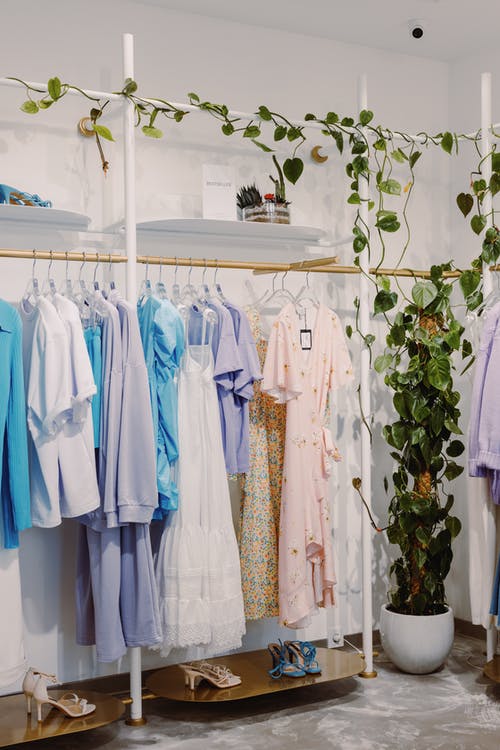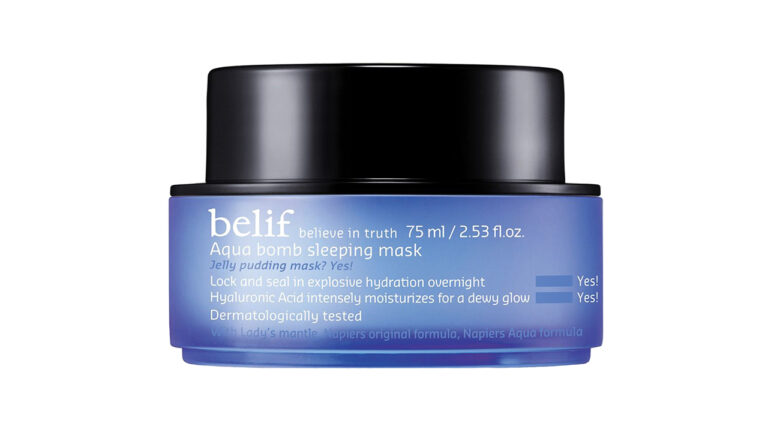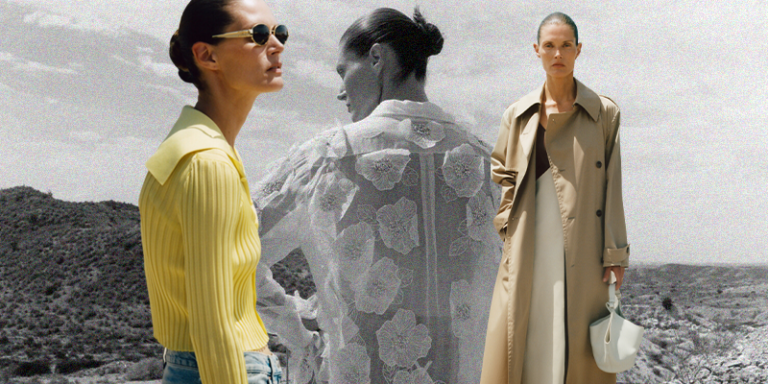Unveiling the Taboo Behind ‘Second-Hand’. Why is reselling a challenge in Asian countries? – Unleash Fashion

Why do Asians hate the term “Second-Hand”? The one thing that makes reselling a challenge in Asian countries is the stereotype attached to it.
In the world of fashion, where trends are as fleeting as the seasons, the concept of reselling has gained significant ground. It’s a trend that has been embraced globally, with one exception that raises a perplexing question: why is reselling a challenge in India? What lies beneath the hesitation to accept the allure of “second-hand” fashion? As we delve into the intriguing world of Indian fashion, let’s explore the untapped potential of brands could have in the reselling market.
The Current State of Reselling in India
As we step into the 21st century, the fashion industry in India is flourishing like never before. With a growing middle class and increasing disposable incomes, Indians are more invested in fashion than ever. However, despite the robust growth of the industry, the reselling market remains somewhat elusive. While countries like the United States have embraced reselling platforms like Poshmark and ThredUp, India’s reselling scene is still in its nascent stages.
What the data and Analytics says
According to India’s Future Market Insights, projections indicate that the country’s secondhand apparel market is poised to surge to $9.7 billion by the conclusion of 2032, marking a significant increase from its approximately $1.8 billion valuation in the previous year. The most thriving market is for reselling secondhand luxury goods which reached US$ 555.0 Million in 2022. Looking forward, IMARC Group expects the market to reach US$ 1,060.8 Million by 2028, exhibiting a growth rate (CAGR) of 12% during 2023-2028. Yet, this market remains largely fragmented and unexplored. The primary challenge? The deeply ingrained taboo associated with “second-hand” items.
Unveiling the ‘Second-Hand’ Taboo
In India, the term “second-hand” is often met with skepticism and apprehension. It’s a paradox considering that Indian culture has a rich history of thrift shopping and reusing clothing. Traditionally, passing down clothes within families was a common practice, a testament to frugality and sustainability.
So, what changed? The perception of “second-hand” underwent a transformation in recent decades, largely influenced by the influx of fast fashion and Western consumerism. Social media has also played a significant role in this bifurcation. The stigma around wearing pre-owned clothing emerged as a social construct, fueled by concerns about hygiene and social status.
What are the Stumbling Blocks in reselling
The prevailing taboo poses several challenges to the growth of the reselling market in India :
Hygiene Concerns: One of the primary concerns among Indian consumers is the perceived lack of hygiene associated with second-hand clothing. Addressing these concerns through proper cleaning and quality control is crucial.
Social Status: In a society where appearance often dictates one’s status, the idea of wearing someone else’s clothing can be perceived as a step down the social ladder. Brands need to redefine luxury and style, making second-hand fashion aspirational. wearing brand-new clothing is considered a symbol of social status and economic prosperity. Second-hand clothing may be associated with economic struggles or lower social standing.
Fashion Trends: While luxury reselling clothes have the evergreen vintage vibe attached to it, second-thrift clothes often lag the trend. Since there’s a preference for following current fashion trends in many South Asian countries. Second-hand stores may not always have the latest styles or designs.
Lack of Awareness: Reselling is still in its growing stage in Asian countries, thus a lack of awareness about the quality and variety of second-hand clothing available. People might not realize that they can find unique and high-quality items in thrift shops or second-hand markets.
Perception of Inferior Quality: Some may assume that second-hand clothing is of inferior quality compared to new clothing. However, this isn’t always the case, as gently used or vintage items can be of excellent quality.
It’s important to note that perceptions are changing over time as sustainability and environmental concerns gain prominence. Many people are now embracing second-hand clothing as a way to reduce waste and support sustainable fashion. Fashion Brands like label-centric, Flyrobe like platforms provide an opportunity for consumers to rent or thrift shop. Additionally, the popularity of luxury vintage fashion by Vestiarie Collective, challenging these stereotypes by highlighting the charm and uniqueness of older clothing items.
How reselling can benefit fashion brands
Regardless of what the stereotype is the commerce aspect of reselling is a thriving one. Especially to the majority of open-minded people and young Gen-Zs who are the first ones to adopt diversity. They are the major consumers fashion brands can target with their collectives.
More than 50 luxury brands have entered or invested into such sustainable practices involving reselling thrifting, upcycling products, or exchanging. This is because of the rising demand for sustainability and consumers getting more conscious, brands could see the future growth in this venture.
What Fashion Brands Can Additionally Do
To overcome these taboos and tap into the vast potential of the reselling market, fashion, and sustainable brands can take some additional strategic steps such as:
Quality Assurance: Brands must ensure that pre-owned items are of high quality and undergo rigorous quality checks. Certification of authenticity can further bolster consumer trust.
Promote Sustainability: Highlight the environmental benefits of reselling. Sustainable fashion brands should actively promote circular fashion practices and educate consumers about the positive impact of reusing clothing.
How Consumers Can utilize and support the reselling expansion
On the flip side, consumers can reap numerous rewards from engaging in thrift shopping and second-hand buying:
Affordability: Second-hand fashion is often significantly more affordable, allowing consumers to access high-quality clothing without breaking the bank. See more reselling brands offering clothes.
Unique Finds: Thrifting offers the thrill of discovering unique and vintage pieces that can’t be found in traditional retail stores. They are often the place to shop if you want to style distinctly.
Environmental Impact: By choosing second-hand, consumers contribute to reducing textile waste and the carbon footprint of the fashion industry, which is said to be one of the main contributors to pollution.
Normalizing Second-Hand Fashion
It’s high time that we now normalized the second-hand fashion in India. It’s not just about affordability; it’s a movement towards a more sustainable and conscious approach to fashion. Brands need to embrace reselling as a vital part of their business models, and consumers should proudly wear their pre-owned treasures.
The challenges of reselling in India stem from a deeply ingrained taboo surrounding “second-hand” fashion. However, with the right strategies and most importantly shift in perspective, can open this immense potential market for growth. As we break free from the stigma, we can pave the way for a more sustainable and stylish future.






